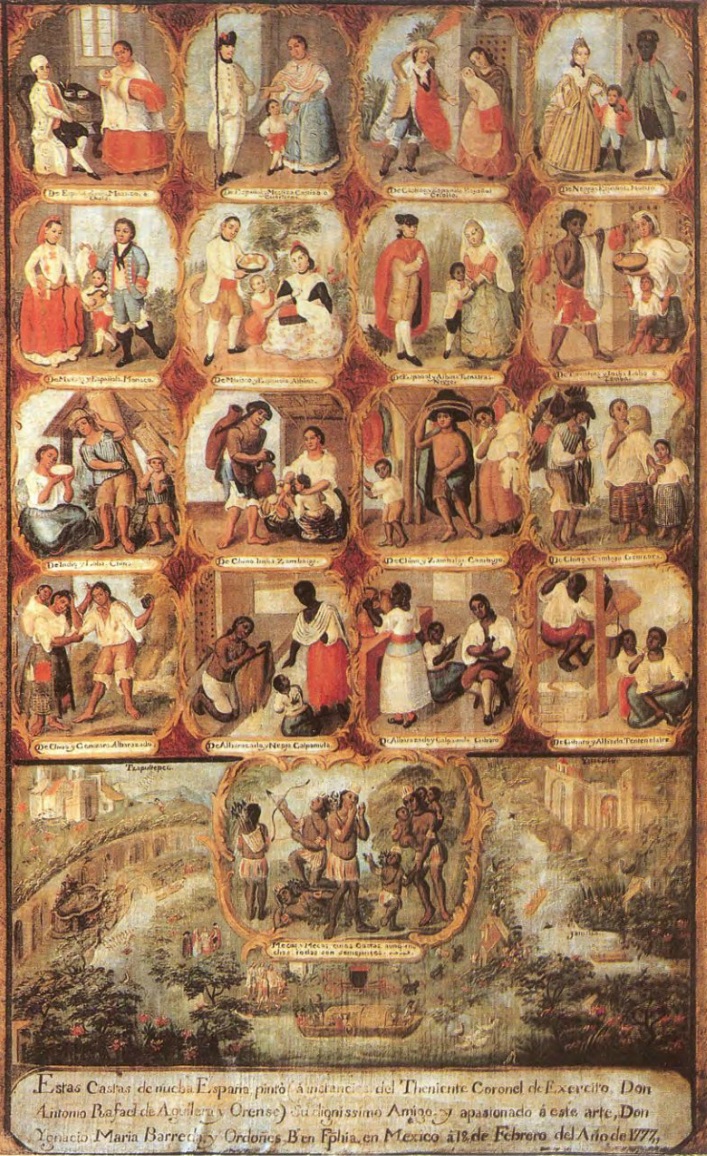Ignacio Maria Barreda on:
[Wikipedia]
[Google]
[Amazon]
 Ignacio María Barreda was an eighteenth-century Mexican painter, self-identified as university graduate with a ''Bachiller'' in philosophy. Mexican art historian
Ignacio María Barreda was an eighteenth-century Mexican painter, self-identified as university graduate with a ''Bachiller'' in philosophy. Mexican art historian
 Ignacio María Barreda was an eighteenth-century Mexican painter, self-identified as university graduate with a ''Bachiller'' in philosophy. Mexican art historian
Ignacio María Barreda was an eighteenth-century Mexican painter, self-identified as university graduate with a ''Bachiller'' in philosophy. Mexican art historian Manuel Toussaint
Manuel may refer to:
People
* Manuel (name)
* Manuel (Fawlty Towers), a fictional character from the sitcom ''Fawlty Towers''
* Charlie Manuel, manager of the Philadelphia Phillies
* Manuel I Komnenos, emperor of the Byzantine Empire
* M ...
noted him for his portraits, including two of elite women, reproduced in his publication, and others of elite religious men. Toussaint believed he might be the official painter for the Seminario de San Camila, His 1777 single-canvas casta painting is an exemplar of this eighteenth-century genre of secular art. It is similar in some ways to the 1750 single-canvas painting by Luis de Mena, which also includes outdoor scenes near Mexico City, particularly the Paseo de Ixtacalco.Katzew, Ilona. ''Casta Painting''. New Haven: Yale University Press 2004, 180, 182
The painting, now in the Real Academia Española de la Lengua, Madrid, is one of the few signed and dated casta paintings, with a cartouche at the bottom reading: "These castes of New Spain were painted (upon the request of Lieutenant Colonel Antonio Rafael Aguilera y Orense) by his great friend and art enthusiast Don Ygnacio María Barreda y Ordones, Bachiller en Philosophy, in Mexico ityon 18 February 1777." [''Estas Castas de nueba España pinto (a instancias del Thenient Coronel de Exercito Don Antonio Rafael de Aguilera y Orense) Su dignissimo Amigo, y apasionado a este arte, Don Ygnacio María Barreda y Ordoñes Br [Bachiller] en Fphia [Filosofía], en México a 18 de Febrero del Año de 1777.'']
In this casta painting, there are 16 groupings of parents and offspring, the usual number in most sets, with ''indios bárbaros'' or Chichimecas in a separate cell at the bottom. The caption identifies the nearly naked adults and children as ''Mecos'' and ''Mecas'' whose numerous castes are alike.” 'Mecos y Mecas, cuias Castas, aunque muchas, todas son semejantes''.
The casta terms used in his painting often differ from those used by other painters. Most painters use only one term for a casta category, but Barreda uses Mestizo
(; ; fem. ) is a term used for racial classification to refer to a person of mixed Ethnic groups in Europe, European and Indigenous peoples of the Americas, Indigenous American ancestry. In certain regions such as Latin America, it may also r ...
and Cholo as synonyms for the offspring of a Spaniard and an indigenous woman and Lobo
Lobo may refer to:
Places
*Lobo, Batangas, a municipality in the Philippines
*Lobo, Texas, a ghost town
*Lobo, Indonesia
*Lobo, Cameroon, a town in Cameroon
*Lobo Hill, near Belchite, Aragon, Spain
* Lobo, Ontario, near London, Ontario, Canada
Pe ...
and Zambo as synonyms. In both these cases the first is common in New Spain and the other in Peru. He uses Castizo
''Castizo''Pronunciation in Latin American Spanish: is a racial category used in 18th-century Colonial Mexico to refer to people who were three-quarters Spanish by descent and one-quarter Amerindian. The feminine form of the word is ''castiza' ...
and ''Cuarterón'' as synonyms for the offspring of a Spaniard and a Mestiza. Rarely are the offspring of a Spaniard and a Castiza shown in casta paintings, but in this case Barreda uses the term ''Español Criollo'', Criollo (America-born) Spaniard.
See also
* Casta painting * Mexican artReferences
Further reading
* García Sáiz, María Concepción. ''Las castas mexicanas: Un género pictórico americano''. Milan: Olivetti, 1989. *Katzew, Ilona. ''Casta Painting''. New Haven: Yale University Press 2004. * {{DEFAULTSORT:Barreda, Ignacio Maria 18th-century Mexican painters Race in Latin America New Spain Latin American caste system 18th-century male artists